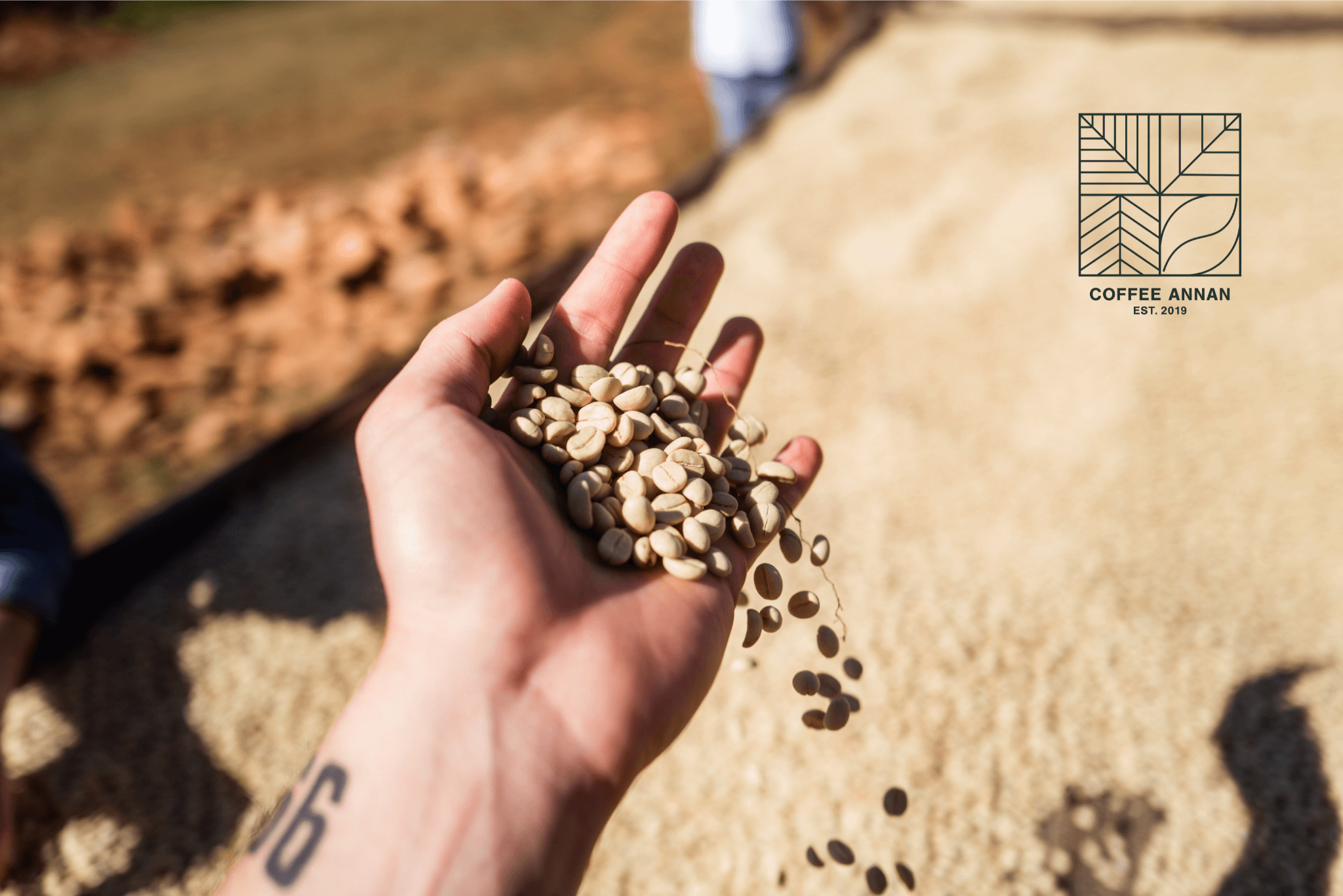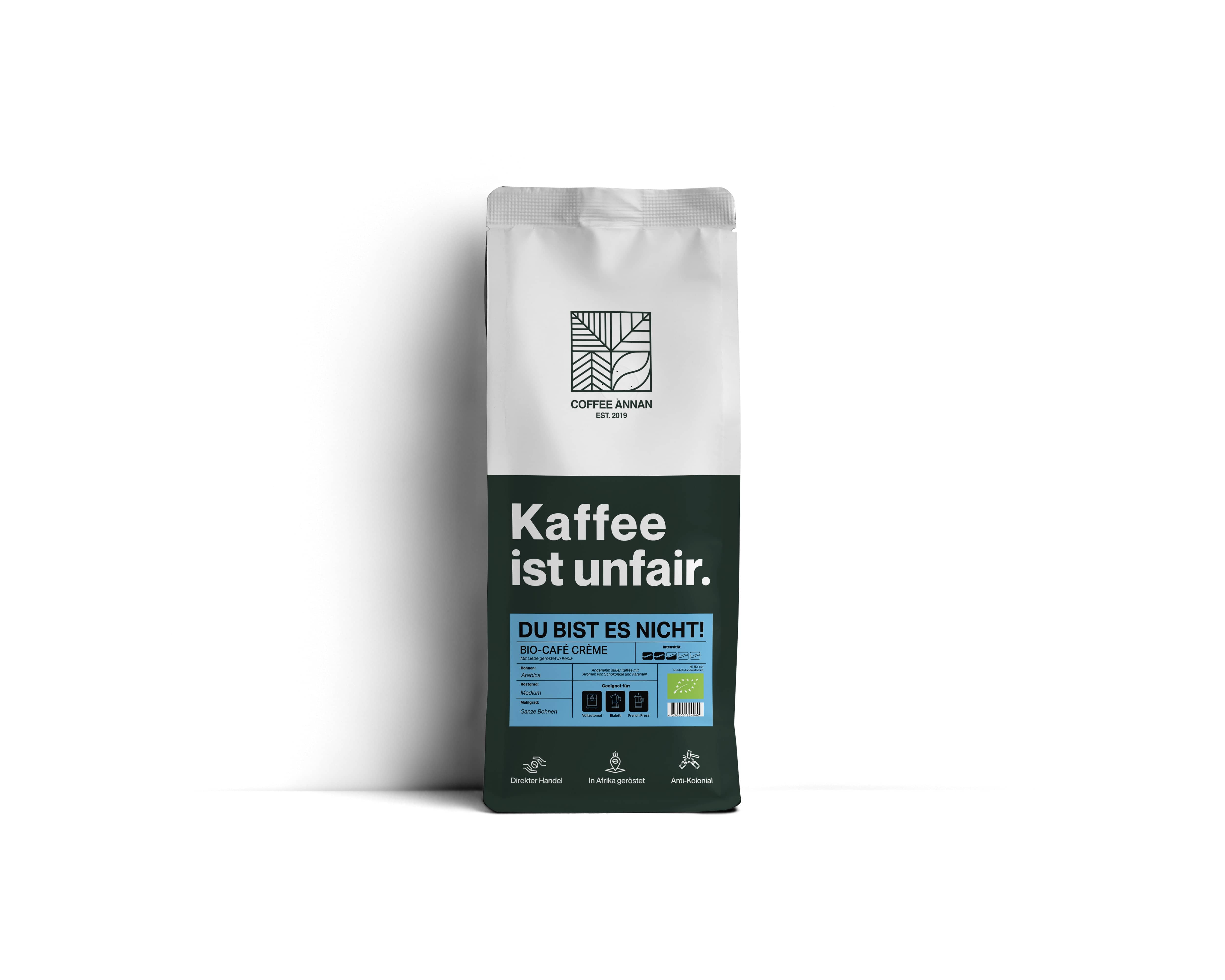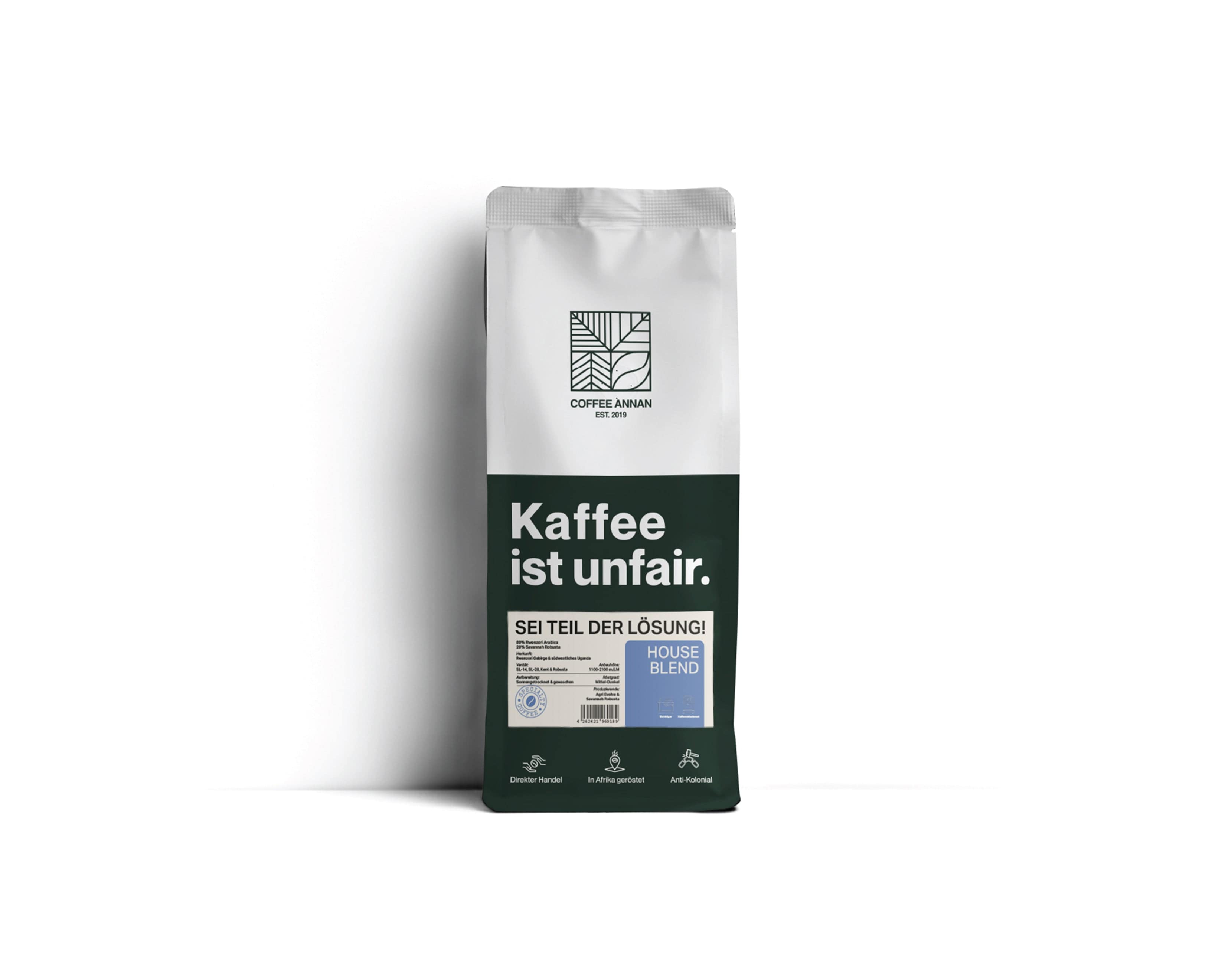Coffee is considered the most popular hot drink in Europe, but how did that come about? There are many myths and legends surrounding our favorite pick-me-up, but what is the real background of coffee? It is clear that the plant originated in Africa. According to one legend, the Islamic prophet Mohammed received a cup of hot, dark liquid from the archangel Gabriel to cure his insomnia. The drink quickly took effect and Mohammed regained his strength.
We'll share more legends of coffee with you, disclose the true story of coffee, its triumphal march to Europe and how it was displaced by tea in England.
The Discovery of the Coffee Bean: Red Berries and Frisky Goats
There are numerous stories about coffee. Legend has it that in the 9th century, an Ethiopian shepherd observed his goats getting really excitedexcitable in the late evenings and jumping around wildly. Annoyed that they were keeping him awake at night with their antics, he stalked the goats during the day and soon realized that the animals were snacking on a bush with red berries. The shepherd picked some berries, cut them open and found two small beans, but when he tasted them, they were simply disgusting!
He brought the berries to monks in the nearby monastery, who considered them the devil's temptation because they had bewitched the goats. So, they threw the beans into the fire, where they got roasted and soon gave off a delicious smell. The monks took the beans out of the fire. To extinguish them, they poured hot water on them and then drank the very first coffee ever!
Whether this is really how it happened is uncertain. It’s hard to distinguish the historical facts from the legends, when it comes to the background of coffee. However, reliable sources prove that the enjoyment of the invigorating brew really did spread from Ethiopia, into North Africa and then further east. The Ethiopians originally infused the leaves and dried berries with hot water before drinking it. However, the credit for roasting the raw, dry seeds, grinding them, and then boiling them in water and thus creating coffee as we know it, goes to the Middle Eastern countries.
Coffee in the Arab World
Long before coffee came to Europe, it was brought to Arabia by slave traders. There, people started cultivating it, which gave Arabia a monopoly position, with the port city of “Mocha” being the hub of trade. Very soon, coffee began to play an important part in the Middle East, both as a popular drink and as a commodity. The beans were roasted in large iron pans, ground coarsely in a mortar and boiled with hot water and a little sugar in a clay jug. The drink was then served in small bowls.
The Arabs engaged in enormous trade with the popular bean, and so it traveled to Mecca and on to Cairo and Istanbul. Gradually, the little bean conquered Asia Minor, Syria, Egypt and finally came to the South-Eastern part of Europe with the Ottomans. The first coffee houses were established soon after. To prevent competition, the Arabs only supplied beans that they had doused with hot water before delivery, thus rendering them incapable of germination. The cultivation of the invigorating beans was considered a state secret that was closely guarded.
How Did Coffee Get to Europe?
There are also various stories about who actually brought coffee to Europe first. A physician from Augsburg is said to have brought the bean back to Europe as a souvenir from a journey to the Orient.
At the same time, the Venetian physician Prospero Alpini encountered the plant on his journey to Egypt. He got his first taste of the delicious brew and also learned how to roast the beans, to prepare this wonderful drink. He brought the first beans to Venice. Initially, they were sold in pharmacies as medicine because the “liquid gold” was so expensive that only well-off people could afford this luxury.
Other travelers, pilgrims and Christian European traders also brought coffee to Europe from their travels, and so the hot drink became very popular.
The Background of Coffeehouse Culture in Europe
The aromatic bean continued to arrive in Europe from various sources, but it was still accessible only to the elite. One by one, coffee houses opened everywhere, and in Vienna, a special circumstance led to the establishment of the world-famous Viennese coffee house culture: in 1683 the Turks had to abandon their siege of Vienna and left behind 500 sacks of beans, as they withdrew. This proved to be a lucky break for the Viennese because these sacks laid the foundation for the renowned Viennese coffee houses.
The development of the trade routes allowed the beans to reach major port cities like Oxford, Marseille, Amsterdam, Hamburg, Bremen and Venice, where many coffee houses were opened.
The First Coffee House in Europe: Caffè Florian in Venice
Europe's first coffee house opened right in the middle of Piazza San Marco, after the arrival of the bean in Venice. Built like the establishments in Istanbul and Alexandria, it was very well received by the Venetians, and more cafés quickly followed in Venice. The word spread and coffee houses started cropping up in other Italian cities such as Turin, Rome, Padua, and Naples. To this day, cafés remain the favorite hangout of Italians, and they are fiercely proud of their coffee culture.
Soon Coffee houses throughout Europe gained prestige and became gathering places for famous philosophers, writers, and celebrities.
The Triumph of the Coffee Plant in the Tropics
Via their colonies, the Dutch brought the beans to Indonesia. They first planted coffee on the island of Java, followed by Sri Lanka, India, and Suriname. The spread of the popular bean in tropical and subtropical areas was unstoppable. Even today, most of the world's coffee production is located there.
The French and Portuguese did not remain idle either: they brought the first coffee plants to their colonies in Cayenne (French Guiana), Martinique, Guadeloupe, and Brazil. Here, African slaves were set to work in the plantations.
Why is Coffee So Popular in Germany?
Germany is one of the largest coffee importers in the world, even though some Northern European countries have an even larger consumption per capita, so let’s take a look at the background of coffee culture in this country.
Although coffee already arrived on the shores of Germany in 1582 and regular imports started soon after that date, the first German coffee house did not open until 1673 in Bremen, followed by one in Leipzig in 1694 and one in Berlin in 1721. However, the enjoyment of the hot beverage was reserved for a limited group of urban elites and the nobility.
Around 1850, coffee became a popular drink in Germany because mass production in South America caused prices to fall and the purchasing power of the lower classes to rise. They often drank their brew from larger vessels and kept it warm throughout the day, sometimes dipping bread into it and using it as a kind of energizing soup. This created a win-win situation: the workers had more energy and the factory owners had energized workers.
These days, tastes are rather more refined. Most Germans prefer drip coffee, espresso, or cappuccino and drink between 2-4 cups a day. For many, a Sunday afternoon without the traditional coffee and cake is simply unthinkable.
Why and How the Stimulant Was Displaced by Tea in England
Coffee houses also sprang up in England at the same time: the first one opened in Oxford in 1650. At the beginning of the 18th century, there were about 500 coffee houses in England, and the exotic drink was increasingly popular! Typically, existing English inns were converted into coffee houses, and there were also simple “coffee stalls” for the poorer population, while “coffee shops” were reserved for the upper classes.
In the coffee houses located on the coasts of England, sailors, shipowners, and merchants met, and brought news from the wide world with them. And in the coffee houses throughout the nation, news was exchanged, business deals were made, the authorities were publicly discussed, and the political situation was critically scrutinized.
This was a thorn in the side of the authorities; therefore coffee was banned in many places until 1675, when it was decided that coffee houses were the breeding grounds of all evil, and they were closed down. This ban lasted only a few days, and then the king had to revoke it because coffee drinkers protested so vehemently against it that he feared a riot.
Due to the improved travel routes to India and Sri Lanka, the British authorities shifted their entire focus from coffee cultivation to tea plantations in their colonies and imported mostly tea, to curb the consumption of coffee. Thus, tea became the national drink of England.
The History of Coffee in India
There are also several background stories about how the bean came to India. The mountainous region of Bababudangiri, one of the most important coffee-growing areas, is named after a pilgrim from Yemen who supposedly smuggled a few raw beans in his beard and cultivated them. However, it was probably the English who introduced coffee to India and established the plantations, since Indians themselves continue to be tea drinkers.
A Special Way of Refining Coffee
Due to the changes in humidity caused by the monsoon rains, the raw beans swelled during the long sea voyages to Europe, becoming lighter in color and milder in taste. The result of this process found so many enthusiasts that this method is now used professionally. Raw beans ripen in jute bags for up to four months in high humidity. Once a week, they are shifted to prevent the growth of mold, and after a drying period the beans are sorted by hand. Coffee produced using this so-called monsooning process is highly sought after and rather expensive.
Coffee in the 21st Century
The importance of coffee has changed in recent years, and it’s no longer used merely as a wake-up drink. The willingness to invest more money in high-quality coffee has increased, and consumers are also increasingly seeking out specialty roasters. Sustainability is becoming more important, therefore fair and direct trade have started to play a big role, in addition to price and quality, origin.
Furthermore, we now have a multitude of styles to choose from. Drip coffee, French Press, mocha pots, pad or capsule machines and fully automatic machines can be found in almost every household. Due to the constant refinement of these machines, the preparation of coffee becomes easier and, above all, more aromatic. Coffee drinks with milk, or milk substitutes, like cappuccino or latte macchiato have become increasingly popular and tickle our taste buds.
The Bottom Line
The history of coffee and how it came to Europe is still not entirely clear, but one thing is certain: quite a few people and coincidences in the background played a part in introducing coffee into our homes and offices. It has been established that Ethiopia is the birthplace of the delicious brew, and from there it has begun its triumphal march around the world. So at least the question about the actual background of coffee is settled.
In Europe, well over 700 million cups of coffee are drunk every day! At Coffee Annan, we believe that coffee producers should earn enough to ensure a good quality of life for themselves and their families. Therefore, we have established direct trade connections to break down hierarchies and build trusting relationships with producers and roasters and to strengthen development communities.
Our coffee is organic, fairly traded and roasted at origin, to ensure that the majority of the profit remains in the producing countries. If you're looking for delicious coffee for your office or home, but you're not sure which coffee suits you best, try our sample packs before making a decision. Each of our coffees is a delight, and we look forward to your feedback!












